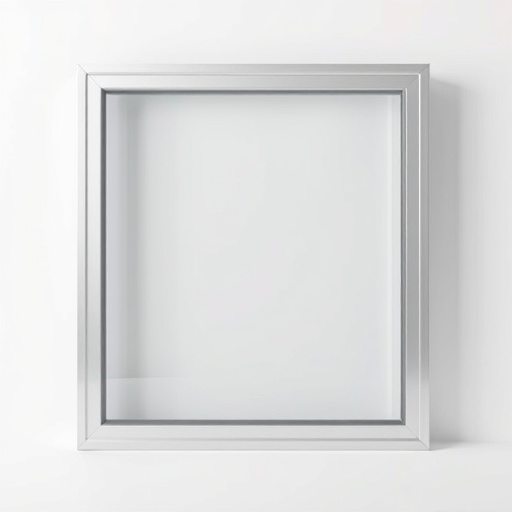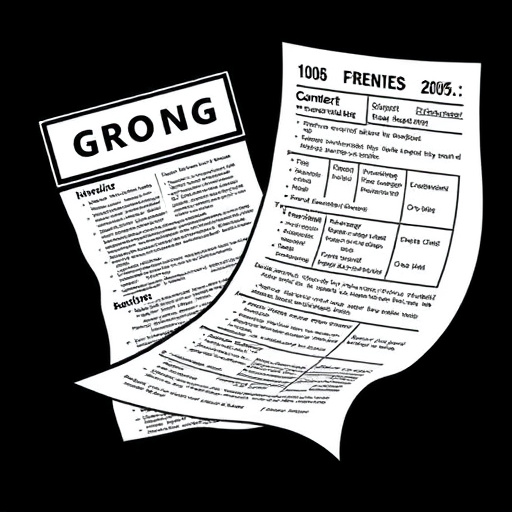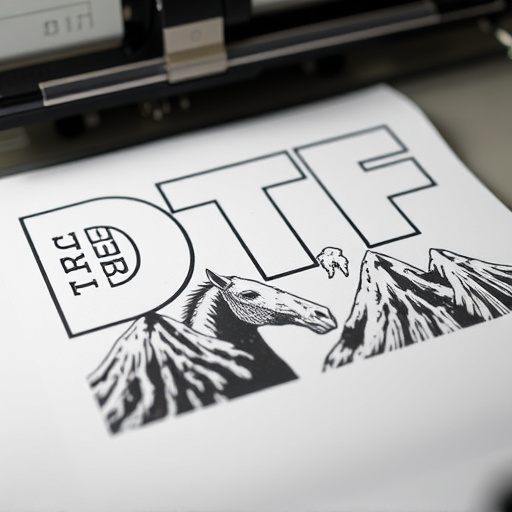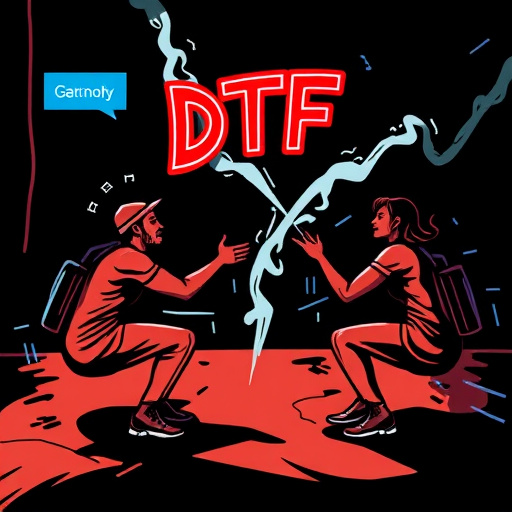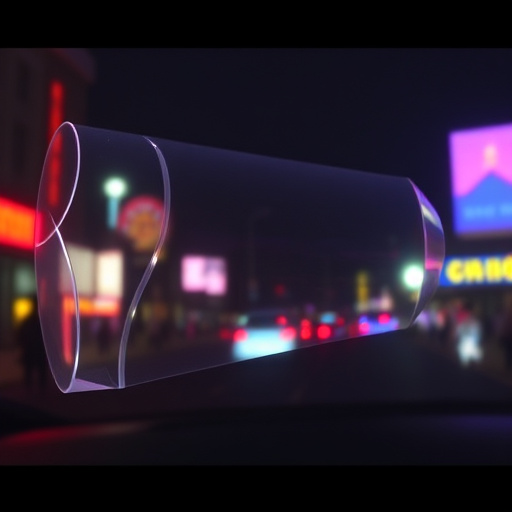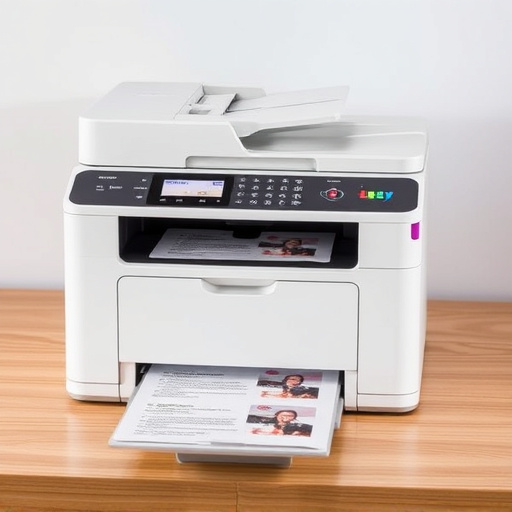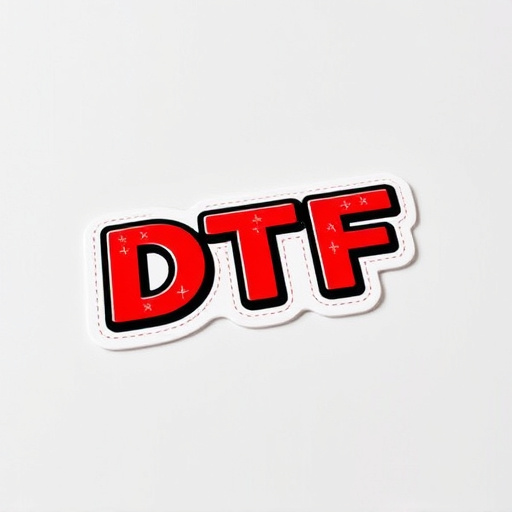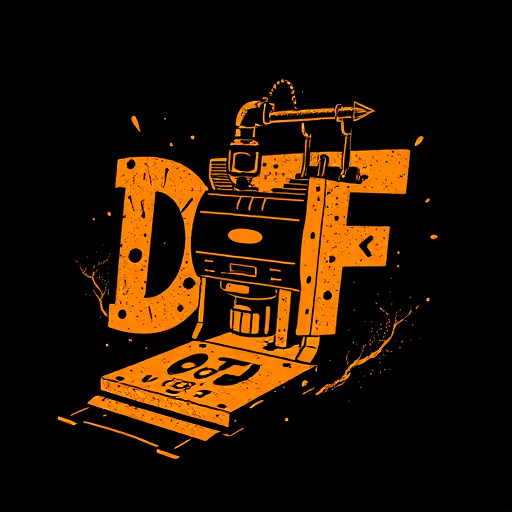Custom Direct to Film (DTF) transfers are transforming clothing brand production with cutting-edge printing technology. DTF printers directly apply designs onto fabric, achieving vibrant, high-resolution prints and streamlining production. This versatility enables businesses to create unique, on-demand products, enhancing product appeal, brand consistency, and market positioning. By adopting DTF Transfers, companies gain a competitive edge through swift trend adaptation and cost reduction, while ensuring high-quality, personalized apparel production.
In today’s visual age, high-quality custom direct-to-film transfers are revolutionizing how businesses capture and reproduce images. This article delves into the world of Custom Direct to Film Transfers, exploring their fundamental principles and immense advantages for enterprises seeking growth. We’ll guide you through a strategic, step-by-step process on how to scale with this cutting-edge technology, ensuring your business stays ahead in an increasingly visual market.
- Understanding Custom Direct to Film Transfers: The Basics
- Benefits of Implementing Custom DTF Transfers for Businesses
- Strategies for Scaling with Custom Direct to Film Transfers: A Step-by-Step Guide
Understanding Custom Direct to Film Transfers: The Basics
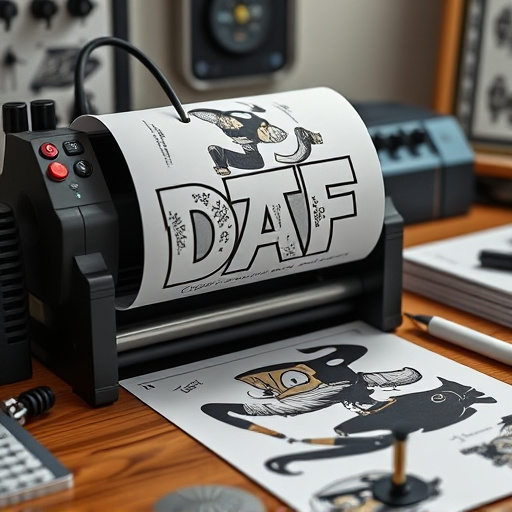
Custom Direct To Film Transfers (DTF) represent a cutting-edge printing technology that allows businesses, especially clothing brands, to achieve unparalleled levels of personalization on various products. This innovative process involves using specialized printers, known as DTF printers, to directly apply designs onto fabric or other materials in a single pass, resulting in vibrant, high-resolution prints. Unlike traditional methods that rely on multiple layers and inks, DTF offers a simpler, more efficient approach, making it ideal for creating custom items like personalized hoodies with intricate logos.
By leveraging DTF technology, clothing brands can streamline their production processes, reduce setup times, and offer customers a wide array of unique, on-demand products. The versatility of DTF printers allows them to print on diverse substrates, from cotton tees to polyesters, ensuring that every design comes to life with exceptional detail and color accuracy. This level of customization not only caters to individual consumer preferences but also enables businesses to stay ahead in a competitive market by delivering distinctive, personalized merchandise.
Benefits of Implementing Custom DTF Transfers for Businesses
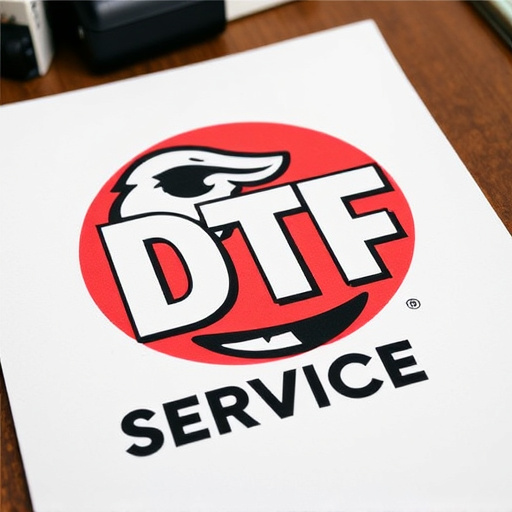
Implementing Custom Direct to Film (DTF) Transfers offers businesses a multitude of advantages in today’s competitive market. One of the key benefits is the ability to achieve high-quality, precise printing on various materials, including custom t shirts and other textile products. This level of detail and accuracy enhances product appeal and ensures brand consistency across all merchandise.
Moreover, DTF Transfers streamline production processes for clothing brands and designers. With logos and designs seamlessly transferred directly from digital files to physical fabrics, businesses can significantly reduce turnaround times and production costs. This efficiency allows companies to adapt swiftly to market trends and customer demands, fostering a competitive edge in the industry.
Strategies for Scaling with Custom Direct to Film Transfers: A Step-by-Step Guide

Scaling with custom direct to film transfers offers a dynamic and unique way to personalize apparel. Here’s a step-by-step guide to help you navigate this process efficiently:
1. Plan Your Design: Start by selecting high-quality, intricate designs that resonate with your target audience. Consider using vector graphics for optimal print clarity when enlarged. This ensures your custom sheets for heat pressing designs onto garments maintain their detail and precision during the transfer process.
2. Choose the Right Transfer Method: Direct to film transfers offer a precise and versatile solution. They’re ideal for creating personalized direct to film personalized hoodies or other garments. This method allows for detailed, full-color prints without the need for complex setup, making it suitable for both small and large-scale orders.
3. Invest in Quality Equipment: A high-quality heat press is paramount for achieving crisp, long-lasting results. These machines ensure even pressure distribution, enabling you to transfer designs onto a variety of fabrics with ease. Remember, the better the equipment, the more consistent your outcomes will be during scaling.
4. Optimize Your Workflow: Streamline your process by implementing efficient layout design software. This tool allows for quick arrangement and resizing of designs on custom sheets, minimizing waste and maximizing material utilization. A well-organized workflow is key to maintaining productivity as you scale.
5. Test and Quality Control: Conduct thorough testing on different garment types and printing methods. Ensure color vibrancy, print durability, and overall product quality. Maintaining high standards across all orders is crucial for building a strong reputation in the market.
Custom Direct to Film Transfers offer a powerful solution for businesses seeking scalable, high-quality printing. By understanding the basics and leveraging their benefits, companies can effectively scale operations while maintaining exceptional results. Following a strategic step-by-step guide, businesses can master this technology, ensuring success in today’s competitive market.



